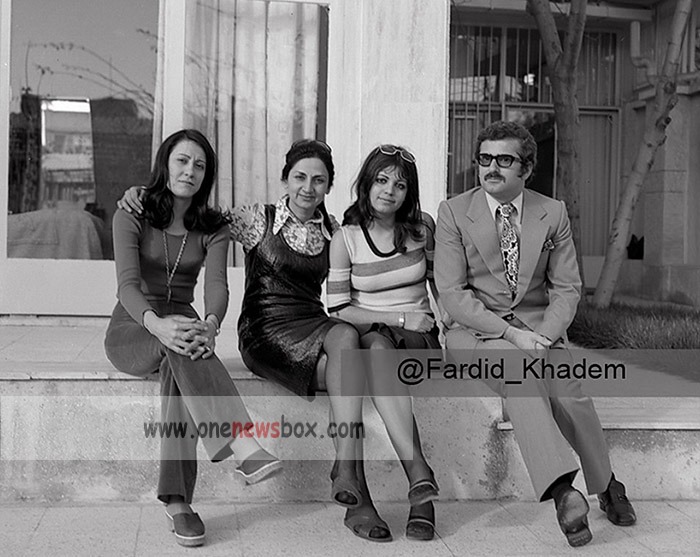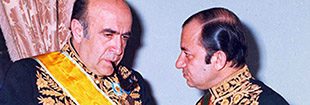The cultural atmosphere of Iran in the 1950s was characterized by a dynamic and often conflictual relationship between tradition and modernity. At least two major cultural trends dominated society during this period. On the one hand stood the traditional atmosphere, rooted in customs, rituals, and values that had survived from ancient Iranian culture and evolved under Islamic civilization since the Sasanian era. On the other hand emerged the modernizing, Western-oriented atmosphere, which found fertile ground with the rise of the urban middle class, the increasing influence of mass media, and the deliberate support of state elites who viewed modernization as the path to progress.
This duality gave rise to cultural divisions, identity crises, and ultimately political tensions that profoundly shaped Iran’s trajectory in the decades to come. To fully understand the depth of this cultural atmosphere, it is essential to explore the historical context, the mechanisms of cultural transformation, the actors involved, and the consequences that unfolded across the 1950s and beyond.
Historical Background: Tradition as a Persistent Force
Iranian cultural identity, despite centuries of upheavals and foreign invasions, has shown remarkable resilience. From the Arab-Islamic conquest to Mongol invasions and from Safavid centralization to Qajar weakness, Iran’s cultural continuity has always been preserved through the deep roots of Persian language, Islamic religious institutions, and traditional practices of family, community, and market life. This continuity produced a “traditional atmosphere” in the 1950s that resisted rapid change.

